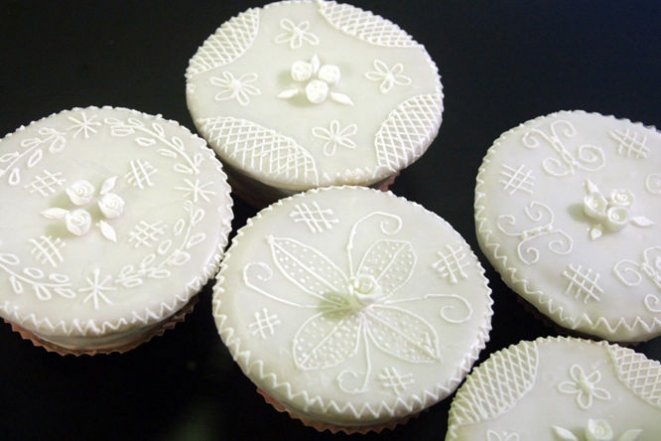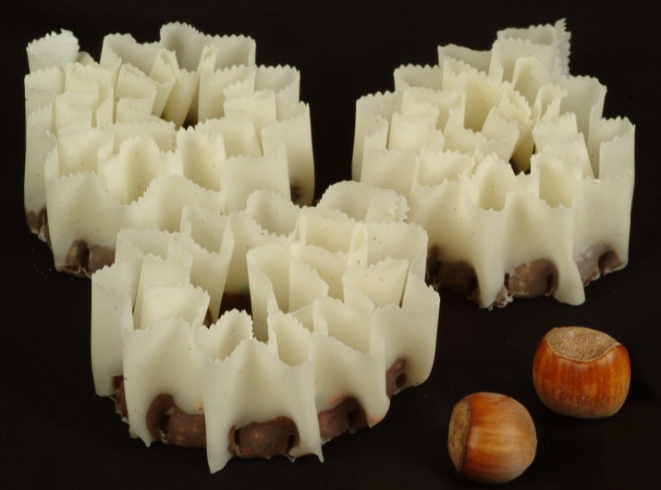Almond and Sardinian cakes
The delicious seed with ancient origins
The production of almond in Sardinia has Medieval origins. The diffusion of the well-known dried fruit is proud of an ancient and far propagation up to the territories of Central and West Asia and those unexplored of the current China.
At present, among the southern regions devoted to the cultivation of almond, Sardinia excels for its huge surface of almonds that corresponds to 3500 hectares.

Its significant use for the artisan production of the typical Sardinian cakes justifies and motivates the necessity by the Region of dedicates itself to an islander production, from the care towards the orchards of the trees of this fruit to its making.
The confectionery heritage, that needs almond as a first matter, is innumerable: gueffus, germinos, gateau, suspiros, candelaus, aranzada are only some among the delicious artisan realizations, with which originally people prepare a lavish feast during celebrations or daily.
In the Sardinian tradition the cake with almonds par excellence is, no doubt, amaretto biscuit or "amaretto da mendula" with a soft compactness and with a tenuous bitter aftertaste. A particularly significant cake, because it is linked to the propitiatory rite consecrated to Saint Abbot Anthony, is known with the name of "caschettas".

Spread above all in the territory of Barbagia, it is composed by layers of fillo dough, full of saffron, honey and almonds, with a white and crumbly outside. Instead related to the celebration of Saint Joseph and to Carnival, "cruxioneddu de mindua", that are some ravioli made with fillo dough and that are full of almonds.
When they are fried, they are covered with powdered sugar. Among the confectionery traditions, there is some original use of the artisan products that gladden palate, for instance "capulettas" that go with the wedding cake during the wedding reception. They are some sponge-cake sweets with almonds, white on the outside if they are covered with glaze.
The peculiarity of the use of almond in Sardinia consists not only in the making aimed to the confectionery creation, but also in the taste of this fruit, possibly associated with a glass of Malvasia.